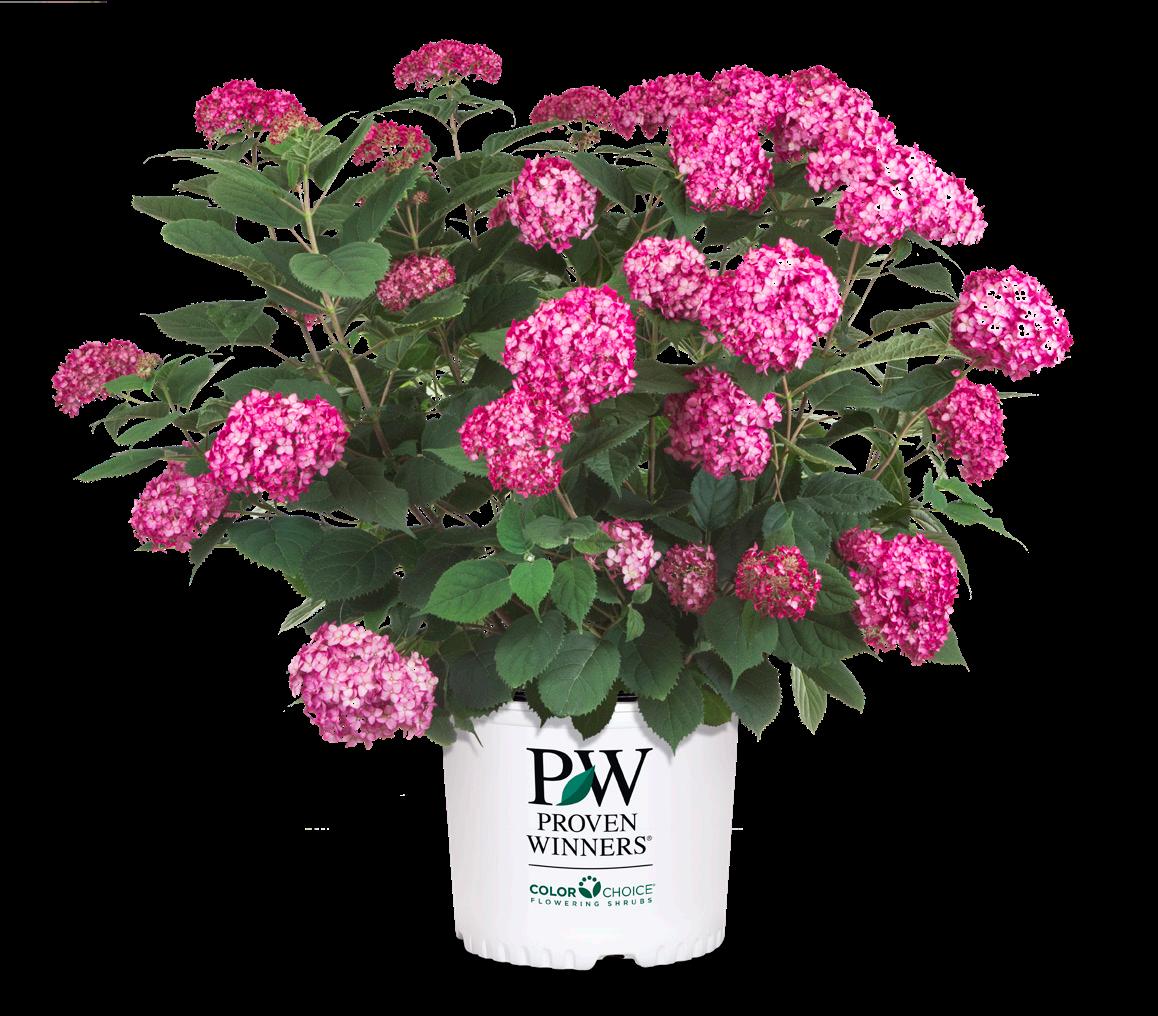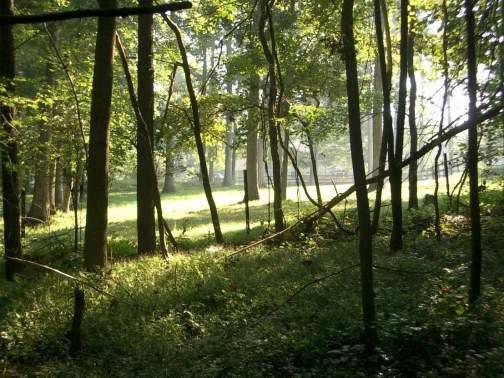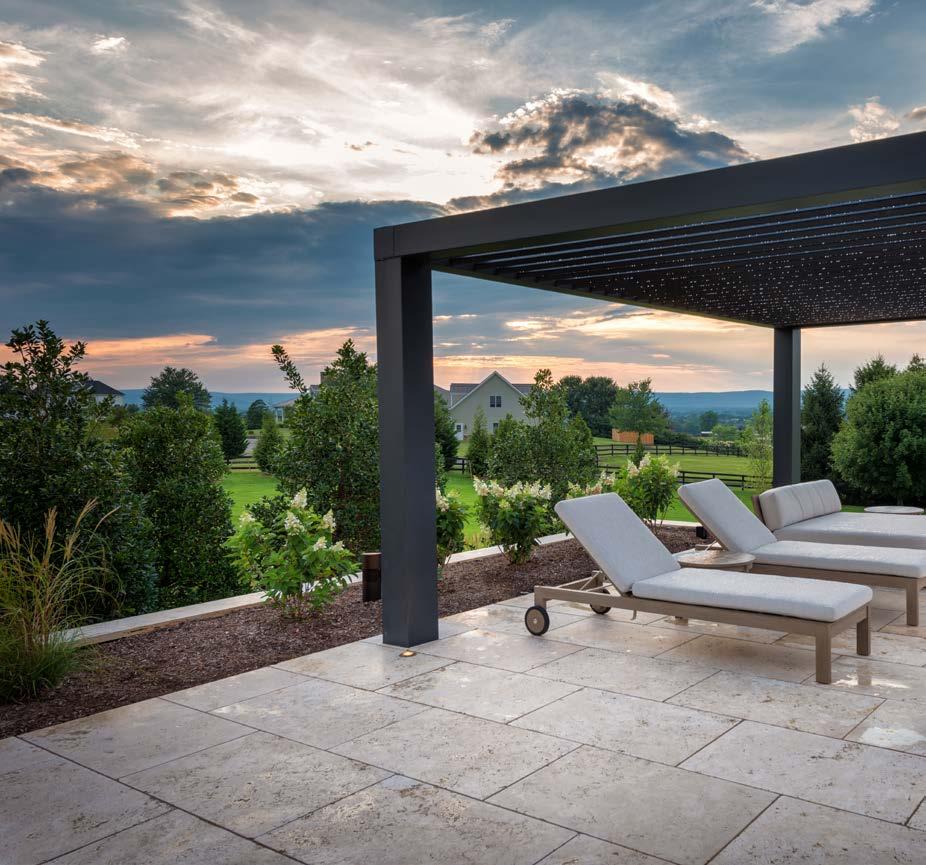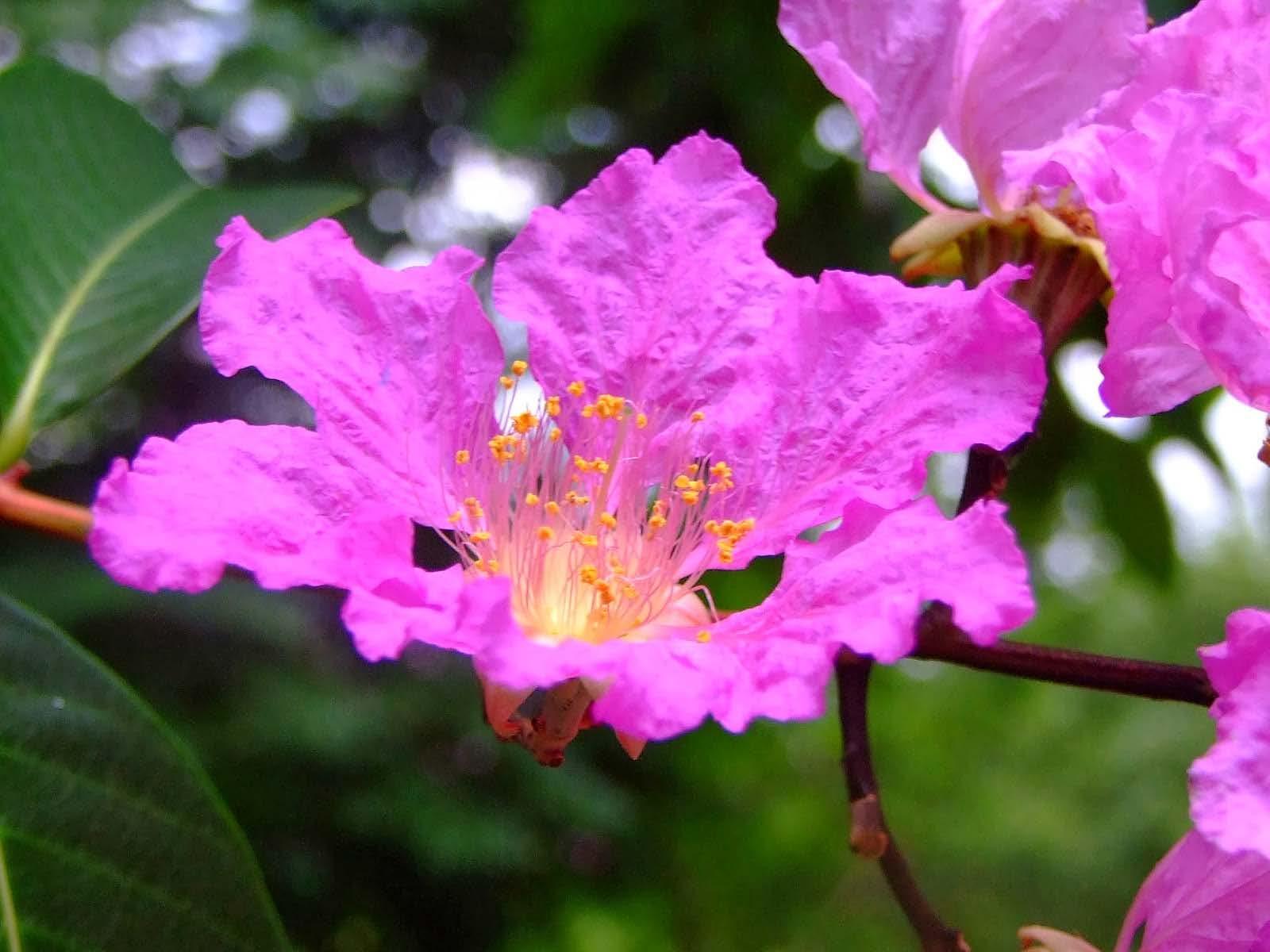
6 minute read
Needle Cast Disease of Blue Spruce
By David L. Clement, Ph.D., University of Maryland Extension, Home and Garden Information Center; Karen K. Rane, Ph.D., University of Maryland Plant Diagnostic Laboratory; and Christa K. Carignan, CPH, CBLP, University of Maryland Extension, Home and Garden Information Center
Blue spruce, although not native or adapted to Maryland, are in high demand by homeowners and are valued for their attractive color and shape. However, this species suffers from a number of pests and diseases in our region. Needle cast is one such problem, and it has been prevalent in Maryland landscape blue spruce trees for the past several years. Infections year after year have contributed to dieback and decline symptoms.
Advertisement
The needle cast fungus, Rhizosphaeria kalkoffii, is the primary needle pathogen we see in Maryland. The fungus can overwinter on fallen dead needles as well as infected needles still in the canopy. Current-year foliage is susceptible to infection throughout the first year, whenever
Blue spruce with needle cast. Blue spruce rhizosphaeria needle cast.
weather is wet and temperatures are moderate. Symptoms can begin as yellowing current year foliage in late summer or fall, but symptoms may not develop until the winter or early spring of the following year. Needles will turn brown or purplish brown and fall from the tree as new growth is developing. Symptoms usually start on lower branches and interior

twigs. Tree branches can decline and die after three to four years of successive defoliation.
The fungus produces diagnostic fungal fruiting bodies on the needles that can be seen with a hand lens or a microscope. They develop in early winter to late spring and appear as black spheres capped with wax along the lines of the needle stomata.
Practical management of this disease is difficult because the infection period can extend from spring through fall depending on rainfall. Infected and diseased needles can remain on the tree up to 12–15 months after infection. The pathogen can also produce infective spores on living as well as recently dead needles. These infection periods can extend over an entire growing season and follow into the next year, so timely fungicide sprays are impractical for most homeowner trees.
Over 1500 Varie� es available Celebra� ng 39 years in business



The Perennial Farm

Na� ves - Succulents - Tropicals - Pansies, Viola, Cabbage & Kale Perennials - Ornamental Grasses - Hardy Ferns Perennials - Ornamental Grasses - Hardy Ferns Roses - Flowering Shrubs - Flowering Vines - Ground Covers Over 1500 Varie� es Available







Na� ves - Succulents - Tropicals - Mr. Big Stuff - Flowering Bulbs


Severely diseased trees should be removed and replaced with better adapted conifers for the mid-Atlantic region.
The University of Maryland Extension’s Home and Garden Information Center has a list of plants for privacy screening on its website. Visit extension.umd.edu/hgic and search “plants for mixed privacy screens.” The list includes conifers as well as deciduous trees and shrubs. The selection of several different species, rather than many plants of a single type, is encouraged. More plant diversity in the landscape provides better resiliency against diseases, pests, and environmental stressors.

Blue spruce with needle cast.
INVINCIBELLE ® Ruby Hydrangea arborescens


Glorious, two-toned, bright ruby red and silvery pink blossoms are set against handsome, dark foliage, delivering vibrant color and no-nonsense, easy-care quality. A strong rebloomer, Invincibelle ® Ruby hydrangea produces abundant flowers from mid-summer to frost, delivering more season-long interest to landscapes.
2020
• Native • Reblooming • Strong stems • Easy care
Available from these suppliers
Barr Evergreens of NC Crumpler, NC • 336-982-3013 Big Frog Nursery Rutherfordton, NC • 828-863-4043 Holly Hill Farms Earleville, MD • 410-275-2805 Marshall’s Riverbank Nursery Salisbury, MD • 410-677-0900 Piedmont Carolina Nursery Colfax, NC • 336-993-4114
correspondingly invest in fleets and uniforms and quality materials. These efforts are expensive, and our services are necessarily priced accordingly. At times, we have lost business to low-cost, low-quality competitors; however, in the current market, our quality is our strength. We should all be promoting our protective measures to set our services apart from those who aren’t doing so. If we, together, put forth an industry standard in our commitment to the safety of our clients and employees, we can secure stability for our organizations.
As we face this public health crisis, implementing safety measures will be a vital element to protecting ourselves, our colleagues, and our businesses. We have a moral obligation to do so, and we also have an opportunity to utilize this commitment to health and safety to ensure that our businesses can continue to provide stable incomes for employees and their families. By promoting these efforts, we can secure the revenue that will allow us to financially sustain these moral and professional best practices. And, when the public health crisis is over, the strides we take toward a collective industry rebrand will continue to benefit us for years to come.
Aaron Raines LCA President
Upcoming LCA Webinar for the Landscape and Horticultural Industries! What Is Up in the Landscape This Spring? Thursday, May 28 | 10:00 am ET
Four University of Maryland Extension Specialists in horticulture, entomology, and pathology will walk you through the current disease, insect, mite, and nutrient disorders you should be watching out for in early summer. Each season is new with a fresh set of problems popping up in the landscape. Join these experts as they explain the diagnostic process of figuring out what can go wrong in the landscape. Easy to follow solutions will be shared to solve the major dilemmas in 2020. This is an opportunity to fine tune your diagnostic skills. The webinar will consist of 60 minutes of lecture followed by 30 minutes of attendee questions.
Speakers
• David Clement, University of Maryland Extension Plant Pathology Specialist,
HGIC • Stanton Gill, University of
Maryland Extension Specialist in IPM and Entomology, CMREC • Karen Rane, Plant Pathologist and Director of the University of Maryland Plant Diagnostic Laboratory • Andrew Ristvey, University of Maryland Extension Specialist in Commercial Horticulture, WYEREC, with an expertise in nutrient and water plant related problem solving
Registration Fees
Member–$39 Nonmember–$49
Sponsorship opportunity available.
Contact Barbara Bienkowski at bbienkowski@MSP-AMC.com or (240) 404-6481.







